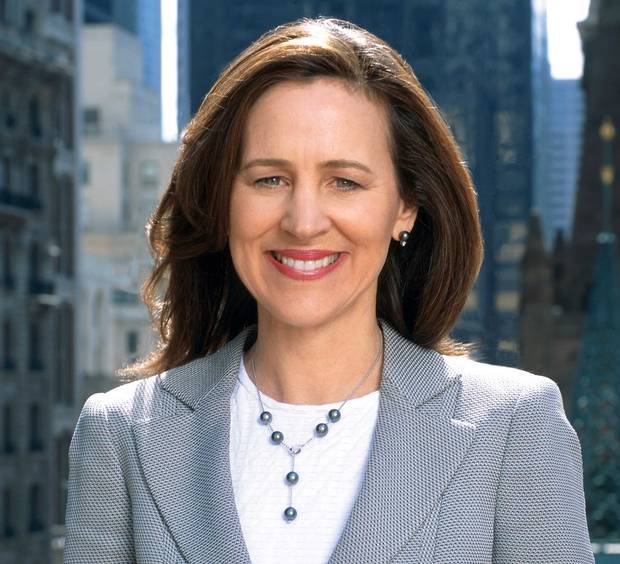What has been the secret to StarVest's success?
Pretty early on, our focus shifted to software as a service (SaaS), because that, to me, is the definition of business services delivered over the internet. We also focus on data analytics, Internet marketing and e-commerce infrastructure. We try to find one of the three top firms in each of those areas. We generally look to exit in five to seven years. That's about how long it takes to build a successful SaaS company.
Did you face challenges in what has traditionally been a male-dominated business?
We never really set out to be a majority woman-owned fund. Three of the four of us just happened to be women. But we used to be the only women in the boardroom. There are now more female venture capitalists. And I do like the conversations better now. When you're not the only woman at the table, it's not all about you when you speak. You're not a lone voice. It's just part of a conversation.
How competitive is your space right now?
One the reasons we've focused on expansion-stage companies is that there's not as much capital chasing deals. But we've seen a huge proliferation of very large funds coming down into our market looking for earlier-stage companies. They used to not look at anything under $25 million or $30- million in revenue; now they're approaching us to look at our companies with $10 million in revenue. So we've seen prices increase in response to the additional money that has entered the market.
What kind of return do you look for?
We can't go into anything unless we think we're going to make three, four or five times on our investment. Earliest-stage investors need 20 companies to get one or two 30-times or 40-times winners. It's not easy to do. The Facebooks, the Googles, the Ubers—those are rare.
Where are some of the biggest opportunities these days?
Data is becoming much more valuable—this trend toward radical personalization and micro-segmentation, which is going to drive breakthroughs in health care, in education, in media. Being able to drill right down to the individual. And the smartphone is a global distribution platform for everything.
What was the highlight of your career?
When we invested in Netsuite in 2000, the company had $100,000 in revenue. One of my section mates from Harvard Business School called me up and said, "There's this little company in Silicon Valley." It was business services going up on the Internet, which fit with our thesis. Larry Ellison was an early investor. But we were really the sole VC investor. I learned how to grow a company from $100,000 in revenue to $1 billion, how to put together an effective board, and how to help a team through the rough spots. It was the kind of thing you dream of as a venture investor.
What was one investment that proved to be a mistake?
Flash sales—they were very big in 2010 or so. At noon, there would be a big sale on clothes and people would bid on it, and in two hours, it'd be done. Ideeli was a flash-sale investment and a big learning experience. It went south quickly, an example of what can happen with a business-to-consumer company. Returns depend on precisely hitting the peak of when to sell. We decided our expertise was in business-to-business.
/Interview by Tim Shufelt
